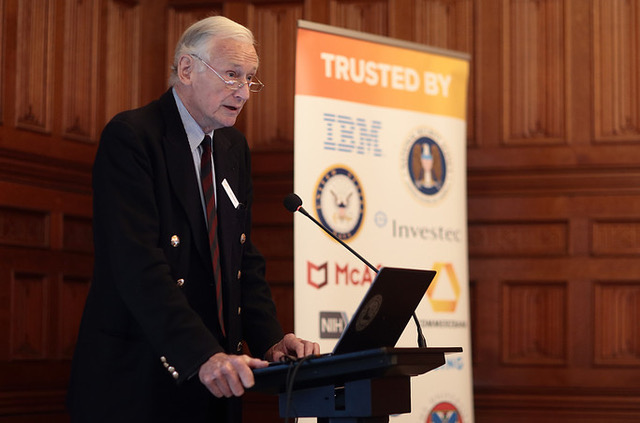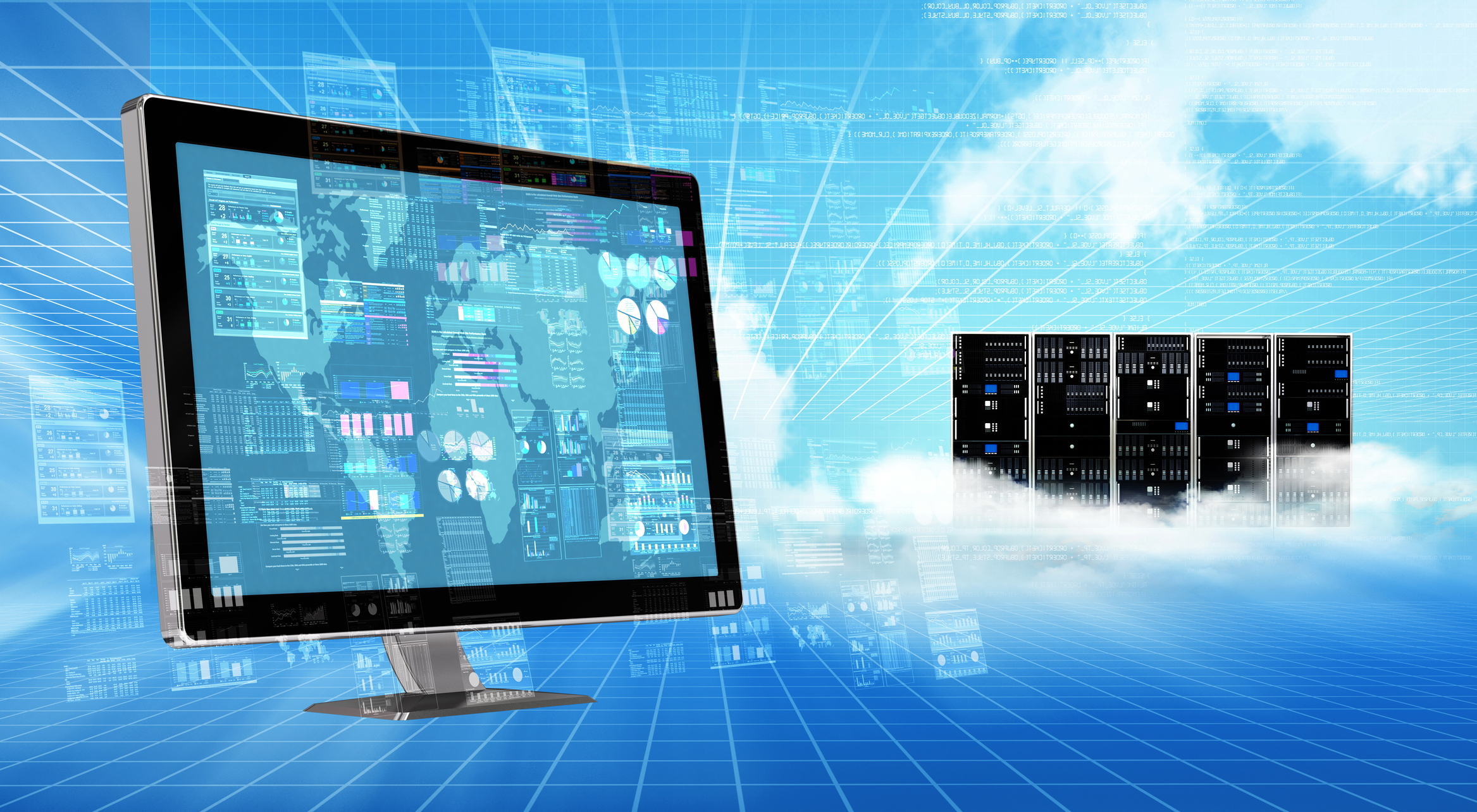ITProPortal asks Bridgeworks CEO David Trossell about growing data volumes and the PORTrockIT solution that is solving data centre issues.

August 13, 2017
Digital core: How to create the data centre of tomorrow
The key to creating the future data centre is for vendors to offer you as a customer what they really need today for tomorrow’s future.
With growing data volumes datacentres need to evolve. Datacentres are known in some circles as the “digital core”, and as such they are having to adopt to an increasing array of different types of technology. Large technology vendors also tend to say they care about their customers, and perhaps they do, but they’re also very keen to sell their wares – from servers to network infrastructure. Add the discussions about being at “the edge”, and you will find yourself in quite a jungle that’s arguably becoming much harder to navigate.
“More data was created [between 2014 and 2016] than the previous 5,000 years of humanity.”
– David Trossell, CEO Bridgeworks, LTD
Chris Skinner, Co-Founder of the Financial Services Club, writes in the Finanser that ‘Banks without a digital core will fail.’ But what does he mean? He says that data is the key to disruption, and most people will agree with his statement. However, he was asked how he defined the term. One reply was that there wasn’t one, but it seems that it refers to an idea whereby there is a central point of systems – such as a mainframe.
He writes that the markets don’t operate in this way anymore, and so he thinks that systems should be spread across server farms in the cloud to avoid there being a single point of failure. However, he finds that many people are misinterpreting what the ‘digital core’ actually means. That’s no surprise to me because new terms often mean different things to different people. He therefore describes the digital core as being, “the removal of all bank data into a single structured system in the cloud [where] the data is cleansed, integrated and provides a single, consistent view of the customer as a result.”
In contrast edge computing is defined by Techarget in the following way:
“Edge computing is a distributed information technology (IT) architecture in which client data is processed at the periphery of the network, as close to the originating source as possible. The move toward edge computing is driven by mobile computing, the decreasing cost of computer components and the sheer number of networked devices in the internet of things (IoT).
Depending on the implementation, time-sensitive data in an edge computing architecture may be processed at the point of origin by an intelligent device or sent to an intermediary server located in close geographical proximity to the client. Data that is less time sensitive is sent to the cloud for historical analysis, big data analytics and long-term storage.”
The key to creating the future data centre is for vendors to offer you as a customer what they really need today for tomorrow’s future. This doesn’t require you to replace all of your legacy infrastructure for latest technology. Much can be achieved with what you already have, and with data acceleration.




